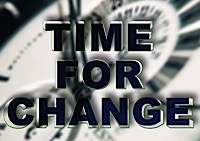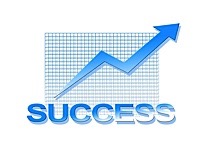
SparkLabKC founder and managing director Kevin Fryer said the program is seeking three years of stable funding as part of a new business model for the business accelerator in Kansas City. SparkLabKC
Business accelerator SparkLabKC is reworking its own business model, skipping this year’s program for startups to concentrate on finding funding for the next three years.
Kevin Fryer, founder and managing director of the program that has helped boost area startups for three years, said it needs $425,000 each year to operate. It has raised more than $1.2 million by seeking individual grants since its launch.




















